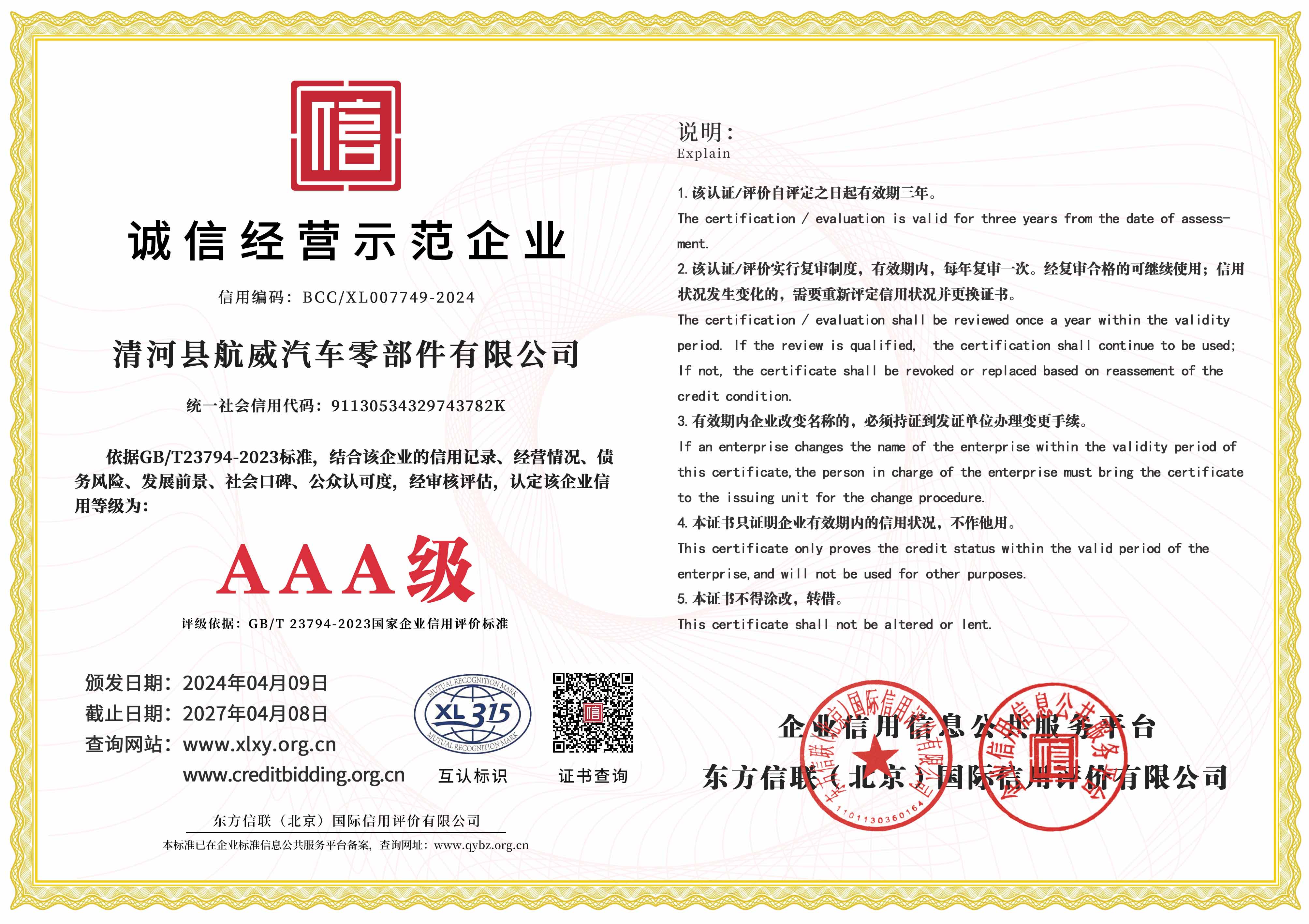clutch hydraulic pipe
Understanding Clutch Hydraulic Pipes Functions and Importance
In the realm of automotive engineering, one of the critical components ensuring smooth vehicle operation is the clutch system. An essential part of this system is the clutch hydraulic pipe, which plays a pivotal role in transferring hydraulic fluid from the master cylinder to the slave cylinder, enabling effective clutch actuation. This article delves into the significance of clutch hydraulic pipes, the mechanics involved, and maintenance tips to ensure optimal performance.
The Role of Clutch Hydraulic Pipes
Clutch hydraulic pipes are instrumental in managing the hydraulic pressure needed to engage and disengage the clutch. In hydraulic clutch systems, the driver’s action on the clutch pedal presses down on the master cylinder. This action generates hydraulic pressure in the fluid, which is then transmitted through the hydraulic pipes to the slave cylinder. The fluid’s movement forces the slave cylinder to actuate the clutch fork, disengaging the clutch plate from the flywheel and allowing the driver to change gears seamlessly.
The materials used to manufacture these pipes are crucial for their performance. Typically, clutch hydraulic pipes are made of high-quality materials, such as stainless steel or reinforced rubber, designed to withstand high pressures and resist wear from the hydraulic fluid. The durability of these materials ensures longevity and reliability in performance, contributing to the overall efficiency of the clutch system.
Types of Clutch Hydraulic Pipes
There are generally two types of clutch hydraulic piping systems used in vehicles rigid and flexible pipes.
1. Rigid Pipes Often made of steel or aluminum, rigid pipes are used in applications where a direct and sturdy connection is needed. They provide excellent durability and resistance to wear and tear but can be challenging to install due to their inflexibility.
clutch hydraulic pipe

2. Flexible Pipes Typically constructed from reinforced rubber or plastic, flexible pipes offer greater ease in installation and can absorb vibrations better than rigid pipes. They are well-suited for applications where movement or vibration may occur, but they may be more susceptible to wear over time.
Common Issues and Maintenance
Like any mechanical component, clutch hydraulic pipes can encounter issues that affect their performance. Common problems include leaks, cracks, or blockages in the piping system. A hydraulic leak can lead to a loss of pressure, resulting in a non-functional clutch system, which can be dangerous and inconvenient for drivers.
To maintain clutch hydraulic pipes, regular inspections are essential. Vehicle owners should check for signs of fluid leaks or visible damage to the pipes. Additionally, it’s important to keep an eye on the fluid levels in the hydraulic system and ensure that high-quality hydraulic fluid is used. Replacing old or contaminated fluid can prevent corrosion and damage within the system.
During winter or cold weather, performance can be affected if moisture enters the hydraulic system, leading to freezing issues. Therefore, it’s advisable to use anti-freeze additives suitable for hydraulic systems in colder climates.
Conclusion
In summary, clutch hydraulic pipes are vital components of the hydraulic clutch system, responsible for ensuring efficient power transmission for smooth gear shifts. Understanding their functionality and regularly maintaining them can significantly enhance vehicle performance and extend the clutch system's lifespan. As technology advances, the design and materials of these pipes continue to improve, ensuring that modern vehicles can deliver exceptional performance and driver satisfaction. By prioritizing the care of clutch hydraulic pipes, vehicle owners can enjoy reliable operation of their clutch systems for many miles to come.
-
Workings of Clutch Pipe and Hose SystemsNewsJun.04,2025
-
The Inner Workings of Hand Brake Cable SystemsNewsJun.04,2025
-
The Secrets of Throttle and Accelerator CablesNewsJun.04,2025
-
The Hidden Lifeline of Your Transmission Gear Shift CablesNewsJun.04,2025
-
Demystifying Gear Cables and Shift LinkagesNewsJun.04,2025
-
Decoding Clutch Line Systems A Comprehensive GuideNewsJun.04,2025
